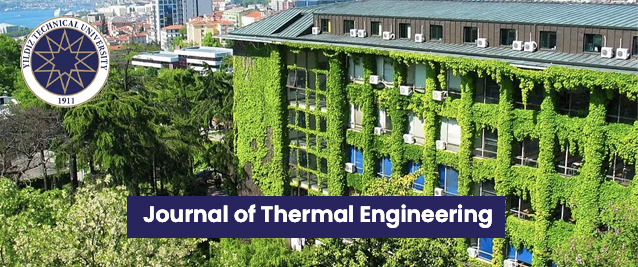2Department of Mechanical Engineering, Lakireddy Bali Reddy College of Engineering, Mylavaram, 521230, India
Abstract
In recent years, biodiesel has emerged as a renewable and eco-friendly alternative to traditional diesel fuel, garnering significant attention. This research investigates the viability of utilizing subabul seed biodiesel in diesel engine applications. The process involves mechanically pressing crude oil from subabul seeds and subsequently extracting subabul seed methyl ester through transesterification. The physical and chemical properties of subabul seed biodiesel are compared with those of diesel. To enhance the performance of the biodiesel, fuel additives such as diethyl ether (DEE) and isobutanol (ISOB) are introduced to a 20% concentration of subabul seed methyl ester (SSME 20) at varying levels. At full load, SSME 20, with the addition of 10% DEE, demonstrates a 7.4% increase in Brake Thermal Efficiency (BTE) compared to SSME 20 alone. Furthermore, emissions from the diesel engine are significantly reduced—hydrocarbon by 24.39%, carbon monoxide by 4.6%, nitrogen oxide by 9.33%, and smoke emissions by 8.84%—compared to conventional diesel fuel. Similarly, the incorporation of 10% isobutanol into SSME 20 results in a 4.71% higher BTE than SSME 20 alone. Engine tailpipe emissions show a noteworthy reduction of 20.73%, 4.12%, 6.42%, and 6.62% for hydrocarbon, carbon monoxide, nitrogen oxide, and smoke, respectively, compared to diesel fuel at full load. The addition of isobutanol and diethyl ether to SSME 20 is found to increase the Heat Release Rate (HRR) over SSME 20 biodiesel. Diesel exhibits the highest HRR at 73.55 J/°CA, followed by SSME 20 with 10% DEE at 72.15 J/°CA, and SSME 20 with 10% isobutanol at 71.85 J/°CA. In conclusion, biodiesel, particularly from subabul seeds, shows promise in reducing greenhouse gas emissions and fostering sustainable energy systems. The blending of subabul biodiesel with fuel additives like DEE and isobutanol positions it as a viable standard fuel for diverse applications such as transportation, agriculture, and electricity generation.























